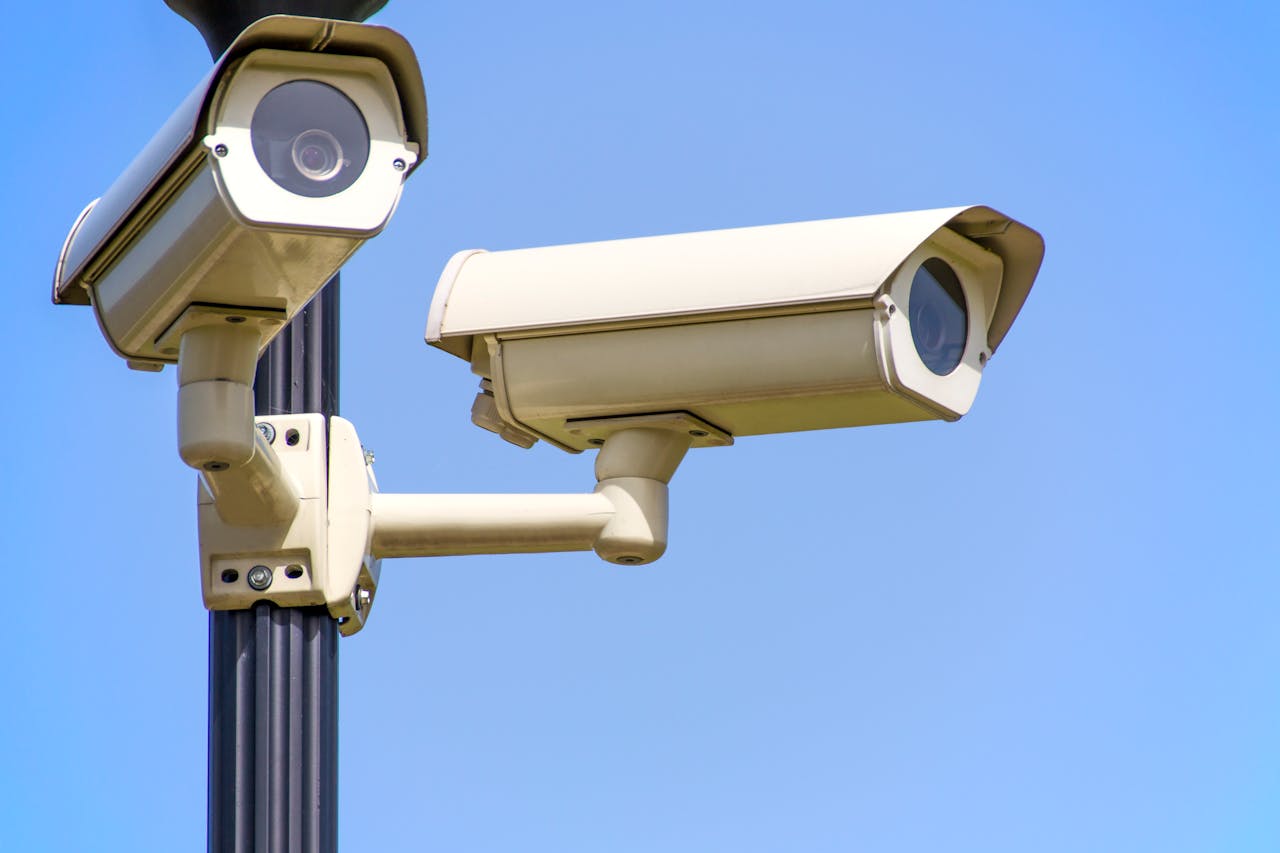


In an increasingly interconnected world, security cameras have become indispensable tools for protecting people, property, and assets. From deterring crime to providing valuable evidence for investigations, security cameras play a crucial role in safeguarding homes, businesses, and public spaces. This article explores the evolution, technology, applications, benefits, and considerations of security cameras, shedding light on their profound impact on safety and surveillance.
The concept of surveillance dates back centuries, with early forms of monitoring and observation employed for security purposes. However, it wasn't until the 20th century that advancements in technology led to the development of modern security cameras. The evolution of security cameras can be traced through several key milestones:
Analog Cameras: The first security cameras relied on analog technology, capturing video footage on magnetic tape or VHS cassettes. These early cameras were bulky, expensive, and limited in functionality, but they laid the groundwork for future innovations in surveillance technology.
IP Cameras: Internet Protocol (IP) cameras, also known as network cameras, represented a significant advancement in surveillance technology. IP cameras use the internet to transmit video data, enabling remote monitoring, real-time alerts, and integration with other security systems.
High-Definition (HD) Cameras: HD cameras capture video footage in high definition (HD) resolution, providing crisp, clear images with greater detail and clarity. HD cameras have become the standard in modern surveillance systems, offering superior image quality for identification and analysis.
Technology Behind Security Cameras:
Modern security cameras leverage a combination of hardware and software technologies to capture, process, and transmit video footage. Some key components and technologies include:
Lenses: Lenses focus light onto the image sensor, determining the field of view, depth of field, and focal length of the camera. Variations in lens types, such as fixed, varifocal, and zoom lenses, offer different levels of flexibility and control over the camera's viewing angle and magnification.
Network Connectivity: Security cameras use various network protocols, such as Ethernet, Wi-Fi, and cellular, to connect to local networks or the internet. Network connectivity enables remote access, live streaming, and cloud storage of video footage, enhancing accessibility and scalability.
Software and Analytics: Security camera software includes user interfaces, management tools, and analytics capabilities for configuring camera settings, reviewing footage, and analyzing video data. Advanced analytics, such as motion detection, object recognition, and anomaly detection, enable intelligent video surveillance and proactive threat detection.
Security cameras are deployed across a wide range of environments and industries to address various security and surveillance needs. Some common applications include:
Home Security: Security cameras provide homeowners with peace of mind by monitoring entry points, detering burglaries, and capturing evidence of unauthorized activity. Home security systems often include a combination of indoor and outdoor cameras, motion sensors, and alarms for comprehensive protection.
Public Safety: Security cameras play a critical role in enhancing public safety and security in urban areas, transportation hubs, public venues, and critical infrastructure facilities. Video surveillance helps law enforcement agencies deter crime, investigate incidents, and monitor crowds during events or emergencies.
Critical Infrastructure Protection: Security cameras are deployed in critical infrastructure facilities, such as power plants, water treatment plants, and airports, to protect against unauthorized access, sabotage, and terrorist threats. Video surveillance helps security personnel monitor perimeters, identify security breaches, and respond to incidents promptly.
The widespread adoption of security cameras offers several benefits for individuals, businesses, and communities:
Crime Deterrence: Visible security cameras act as a deterrent to potential criminals, reducing the likelihood of theft, vandalism, and other criminal activities. The presence of surveillance cameras can discourage would-be intruders and vandals from targeting properties and premises.
Remote Monitoring: With remote access capabilities, security cameras allow users to monitor their properties and assets from anywhere with an internet connection. Remote monitoring enables homeowners and business owners to keep an eye on their premises in real-time and respond to security alerts promptly.
Operational Efficiency: Security cameras can improve operational efficiency by providing insights into workflow processes, resource utilization, and customer behavior. Businesses can use surveillance footage to identify bottlenecks, streamline operations, and optimize resource allocation for better productivity.
While security cameras offer numerous benefits, their deployment raises important considerations and challenges related to privacy, ethics, and cybersecurity:
Privacy Concerns: The proliferation of security cameras raises concerns about invasion of privacy and surveillance in public and private spaces. Organizations must balance the need for security with respect for individual privacy rights and comply with data protection laws and regulations.
Cybersecurity Risks: Security cameras are vulnerable to cyber threats, including hacking, malware, and unauthorized access. Weak passwords, unsecured networks, and outdated firmware can expose cameras to security breaches and compromise sensitive data. Organizations must implement robust cybersecurity measures to protect against cyber threats and ensure the integrity and confidentiality of video footage.
Conclusion:
Security cameras have become indispensable tools for safeguarding people, property, and assets in an increasingly complex and interconnected world. From homes and businesses to public spaces and critical infrastructure, security cameras play a vital role in deterring crime, enhancing safety, and providing valuable evidence for investigations. The evolution of surveillance technology, from analog cameras to smart, networked devices, has transformed the way we monitor and protect our surroundings. As security cameras continue to evolve and proliferate, it is essential for organizations and policymakers to address the considerations and challenges associated with their deployment, including privacy, ethics, and cybersecurity. By harnessing the power of security cameras responsibly and ethically, we can leverage technology to create safer, more secure environments for individuals, communities, and societies as a whole.